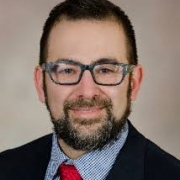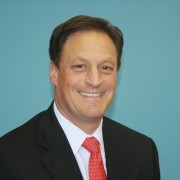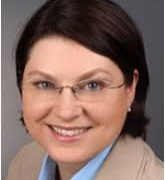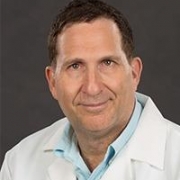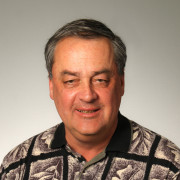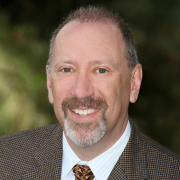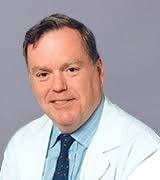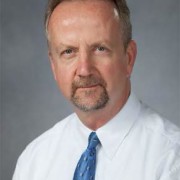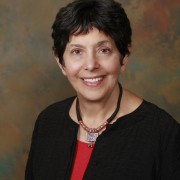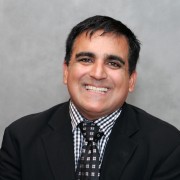
Hensin Tsao, MD, PhD
In this session, several challenging clinical cases involving pigmented lesions that challenged our experts were presented. Critical issues vital to the practicing dermatologist were discussed, including congenital and Spitz nevi, management of dysplastic/atypical nevi, genetic testing and surgical management of melanoma, and therapies for metastatic melanoma.
Session moderator Hensin Tsao, MD, PhD discussed the clinical questions used to structure the evidence review that informed the new American Academy of Dermatology (AAD) Melanoma Guidelines.

Ashfaq Marghoob, MD
Ashfaq A. Marghoob, MD, discussed biopsies, covering such topics as new CPT biopsy codes for 2019, achieving primary and secondary aims of biopsies, the trend toward smaller specimens, affirming the safety of melanoma biopsies, partial and complete biopsies, differences between tangential biopsies and saucerization, and the importance of step-sectioning nevi.
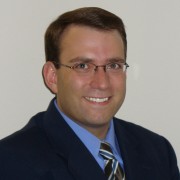
Whitney High, Whitney A. High, MD, JD, MEng
Whitney A. High, MD, JD, MEng discussed genetic tests for the diagnosis and prognosis of melanoma. Genetic tests that were covered included comparative genomic hybridization (aCGH), fluorescent in situ hybridization (FISH), and gene expression profiling (GEP). Specifically, Dr. High presented on gain/loss in genetic information in aCGH and
FISH, gene expression via mRNA in GEP, and two “new” tests based on GEP technology—diagnostic 23-GEP and prognostic 31-GEP.

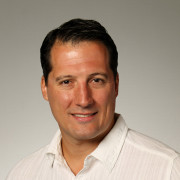




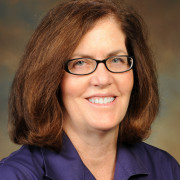
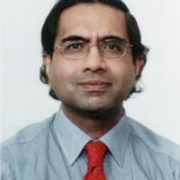
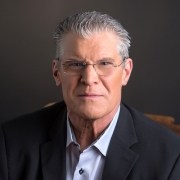 Carl Thornfeldt, MD FAAD, RSM, educated attendees on selecting the best cosmeceutical, with an emphasis on herbs. Dr. Thornfeldt’s presentation covered such topics as:
Carl Thornfeldt, MD FAAD, RSM, educated attendees on selecting the best cosmeceutical, with an emphasis on herbs. Dr. Thornfeldt’s presentation covered such topics as:

